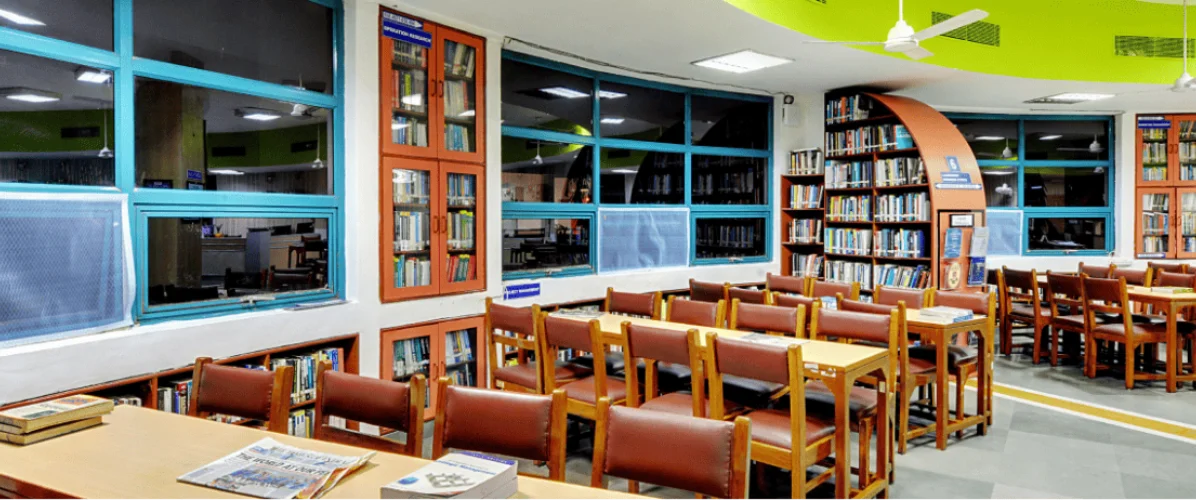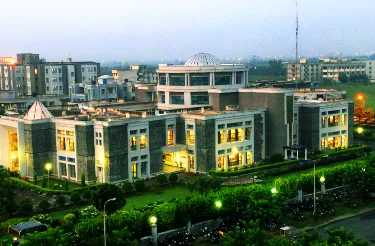The fully residential campus of Birla Institute of Management Technology (BIMTECH) located in National Capital Region is one of the topManagement Institutes to study in India.
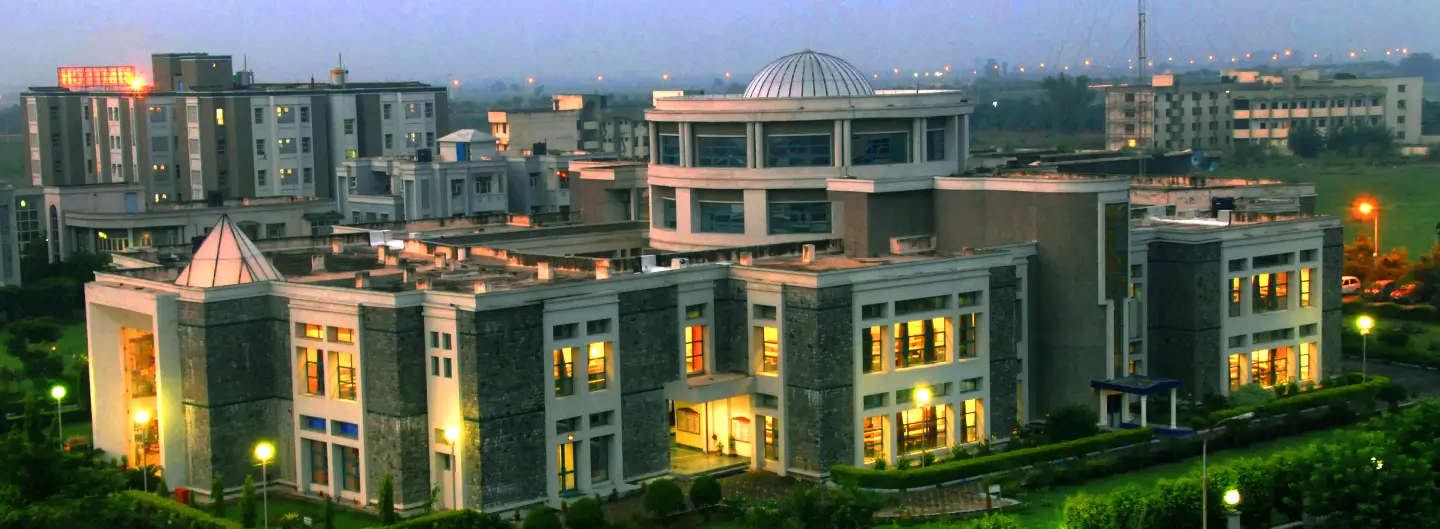
It provides a highly conducive academic environment, interaction with hard working and industry-academia mix professors, proximity to the strategy makers of the industry and practitioners of the service and manufacturing companies, exposure to the international universities and companies
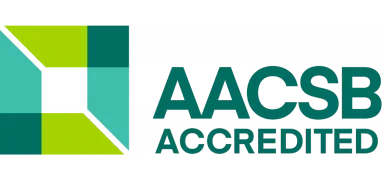
Accreditation by the US-based international accrediting body, the Association to Advance Collegiate Schools of Business (AACSB), is regarded as the gold standard in management education. It is globally recognized as the oldest and most prestigious form of specialized accreditation that an institution and its business programs can achieve.
AACSB accreditation provides a framework of global standards through which business schools worldwide assess the quality of their programs. To date, less than 7 percent of the world’s leading business schools have earned this prestigious accreditation.
Honoring the Past, Inspiring Tomorrow
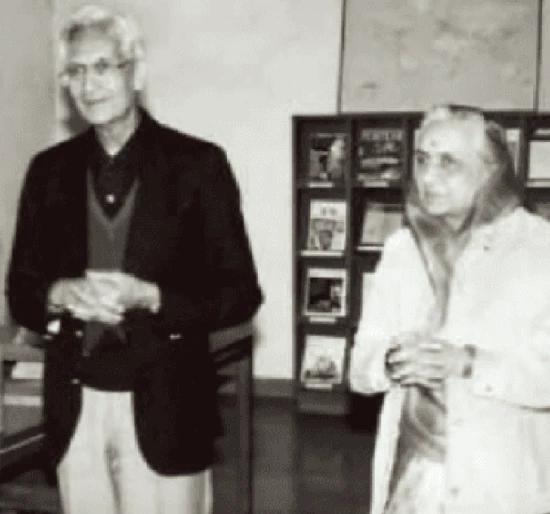
Birla Institute of Management Technology was established in 1988 under the aegis of the Birla Academy of Art and Culture, and supported by Birla group of companies. Late Basant Kumar Birla and Sarala Birla, chairperson of B K Birla Group of companies are the founders of the business school.
BIMTECH is mini India in its formation every year. It has students coming almost from all the states of India, and also from few foreign countries. BIMTECH is like a school where international business endeavors are also made. Its mix of nationalities, cultural backgrounds, academic and professional experiences make BIMTECH one of the most exciting and enriching business schools in the country.
Developing responsible leaders with an entrepreneurial mindset and striving for sustainability

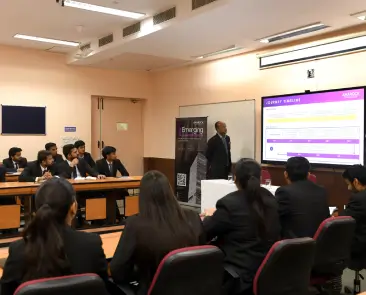
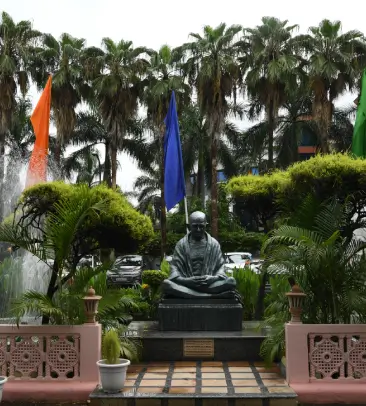
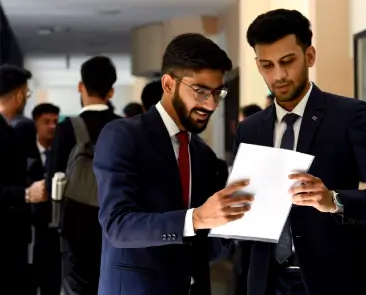
Education is not the learning of facts, but the training of the mind to think - Albert Einstein
Heir to a glorious tradition of learning and scholarship, India today is modern, young and focused on reinventing itself to take its rightful place among the comity of nations. Demographically speaking, every second Indian is less than 25 years of age today. The vast energy of such a youthful nation is finding creative outlets in all fields – be it education, business, entrepreneurship, defence, sports, governance etc.

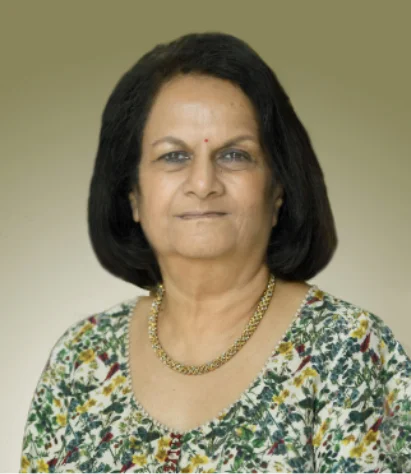
Chairperson
India is indicating for strong economy and DELHI (National Capital Region) is the trigger of this growth. The industrial and economic policies framed here, industrial associations meet, and CEOs evenings are all realities here and not media news.
To become an extraordinary personality, you need an extraordinary Institution. BIMTECH has shown an extraordinary growth in the country in last five years.
